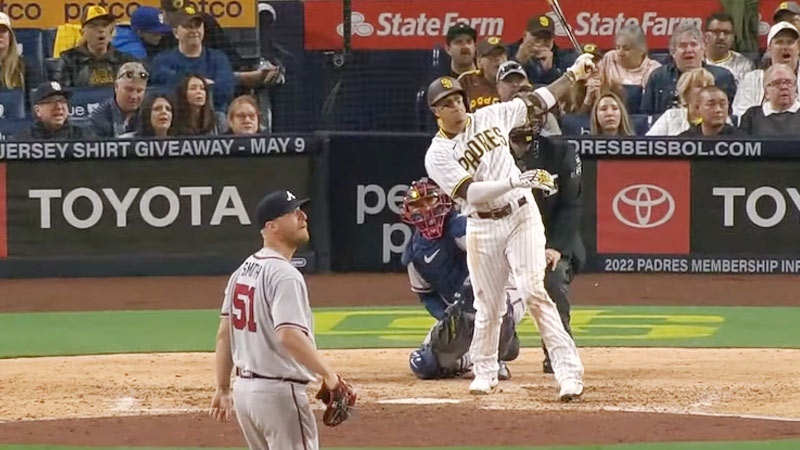In the world of professional baseball, the waiver system is a pivotal mechanism governing player transactions and ensuring competitive balance among teams.
At its core, waivers provide a structured process for teams to express interest in players from other teams’ rosters, especially after the non-waiver trade deadline.
These rules prevent teams from freely transferring players without offering other clubs a chance to acquire them. Consequently, waivers play an indispensable role in roster management, influencing critical decisions regarding player assignments, trades, and releases.
Understanding waivers is crucial for fans and professionals alike, as it adds layers of strategy and complexity to the game beyond the diamond.
Understanding the Waiver System: A Step-by-Step Guide
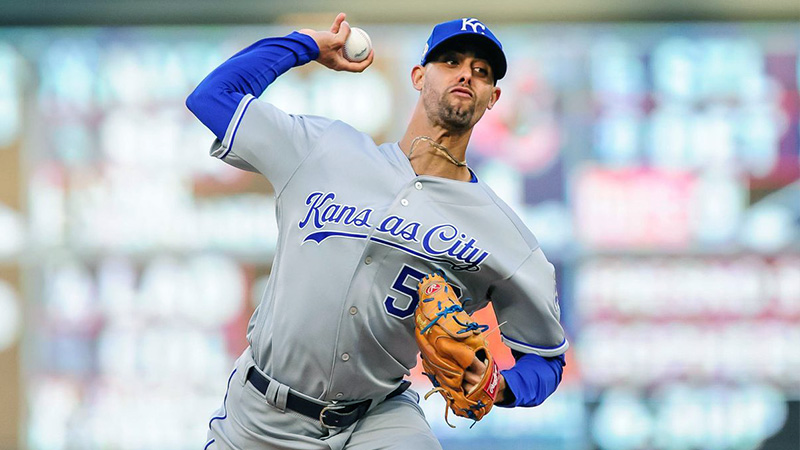
The waiver system in Major League Baseball can initially seem complex, but when broken down step by step, its inner workings become clearer. Here’s a detailed guide to help you navigate and comprehend the system:
Purpose of Waivers
At its core, the waiver system is designed to maintain a competitive balance within the league. It prevents teams from freely moving players without giving other teams a chance to claim them. This ensures fairness in player transactions and prevents powerhouse teams from monopolizing talent.
Placing a Player on Waivers
- When a team wishes to either release a player, trade him after the trade deadline, or demote him to the minor leagues, they must first place him on “outright waivers.”
- This act essentially notifies all other MLB teams that the player is available for claiming.
Claiming Priority
- Teams don’t have an equal shot at every player on waivers. Instead, priority is determined by reverse winning percentage. This means the team with the worst record has the first chance to claim the player.
- Such a system ensures that struggling teams have a better opportunity to enhance their squad.
The Claiming Process
- If a team is interested in a player on waivers, they can submit a claim within a specific timeframe (typically 47 hours).
- Upon claiming, the team assumes responsibility for the player’s remaining contract.
- The player, if successfully claimed, is added to his new team’s 40-man roster.
Multiple Claim Scenarios
- It’s possible for multiple teams to claim a single player.
- If this occurs, the player is awarded to the team in the same league as the waiving team with the worst record. If no team from the same league claims him, he’s then awarded to the team with the worst record in the other league.
Clearing Waivers
- If no team claims a player during the waiver period, he is said to have “cleared waivers.”
- Once this happens, the original team has several options:
- They can outright release the player.
- They can assign him to the minor leagues.
- They can freely trade him to any team since he’s now passed through waivers unclaimed.
Revocable vs. Irrevocable Waivers:
- Waivers can be of two types:
- Revocable: The original team can pull the player back if he’s claimed. This means they retain the player but cannot place him on revocable waivers again for 30 days.
- Irrevocable (or outright): If the player is claimed, the original team can’t rescind the waiver, and the player moves to the claiming team.
- The revocable waiver is often used strategically, especially around the trade deadline, to gauge interest in players without risking their loss.
- Waivers can be of two types:
Types of Waivers
In Major League Baseball (MLB), the waiver system plays a crucial role in how teams manage their rosters and conduct certain transactions. While the waiver process can be intricate, understanding the different types of waivers is essential for grasping how teams operate, especially during certain parts of the season. Here’s a breakdown of the primary types of waivers in MLB:
1. Trade Waivers
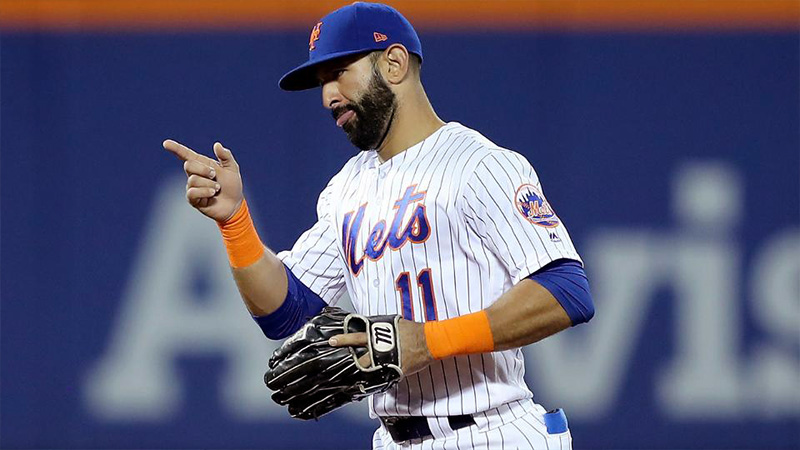
- Purpose: After the non-waiver trade deadline (usually July 31st), teams must place a player on a trade waiver if they wish to trade him.
- Revocable: These waivers are revocable, meaning that if a player is claimed, the original team can either work out a trade with the claiming team, let the claiming team have the player (and his contract), or pull the player back (revoke the waiver claim).
- Duration: Also typically last 47 hours.
- Clearing: If the player clears trade waivers, he can be traded to any team for the remainder of the season.
2. Option Waivers
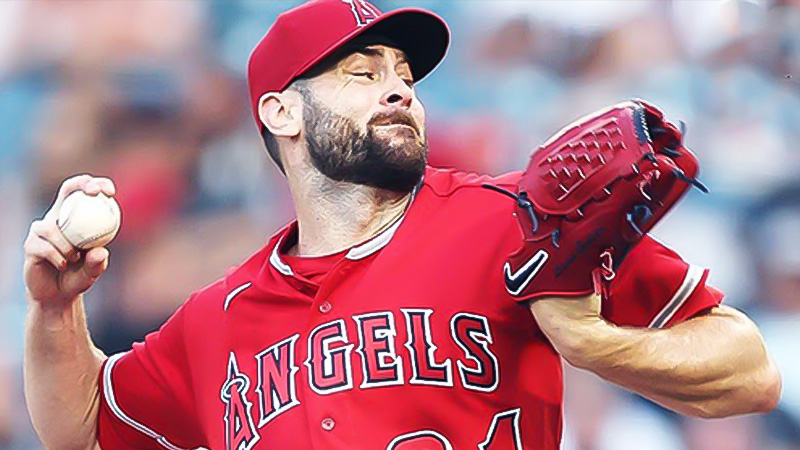
- Purpose: Primarily a formality. If a player has options remaining (meaning they can be sent to the minors without going through waivers), but hasn’t been placed on Optional Assignment Waivers in the current season, he must be placed on these waivers before being sent down. This rarely results in a claim.
- Duration: Like outright waivers, optional waivers also last 47 hours.
- Claiming: Rarely occurs due to the unique circumstances surrounding this type of waiver.
3. Outright Waivers
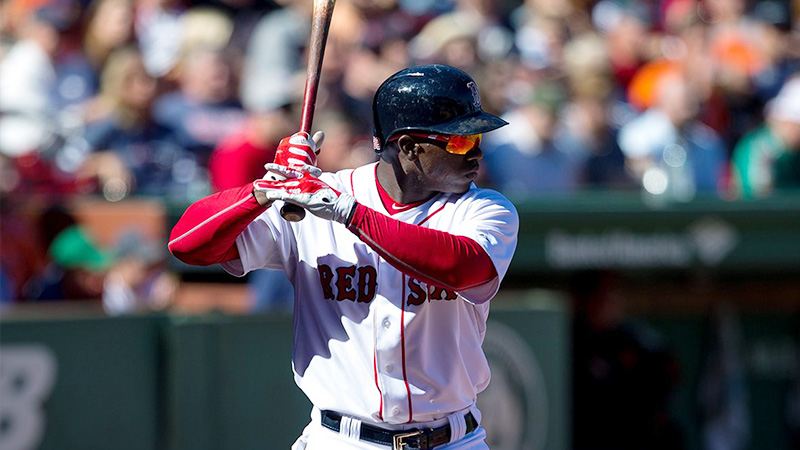
- Purpose: Used when a team wants to remove a player from its 40-man roster and assign him to the minor leagues, release him, or sometimes in the process of certain trades.
- Duration: Typically, players remain on outright waivers for 47 hours during the season.
- Claiming: If another team claims the player, they assume responsibility for the player’s contract and add him to their 40-man roster.
- Clearing: If the player is not claimed by any team, he has “cleared” outright waivers, and the original team can proceed with its intended transaction.
4. Unconditional Release Waivers
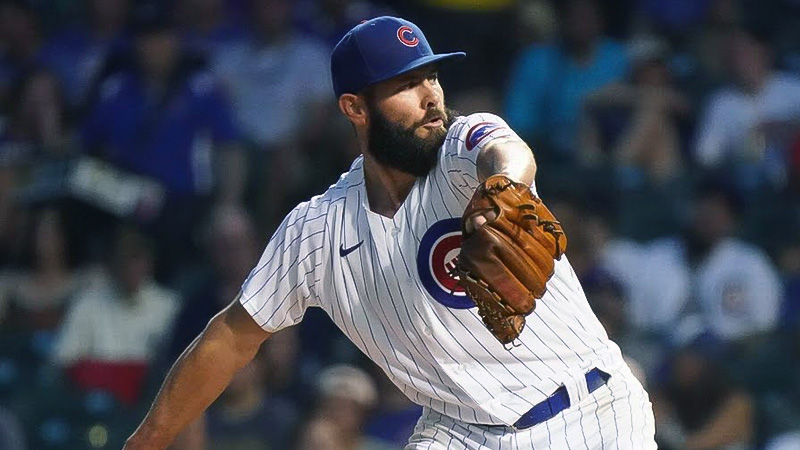
- Purpose: Used when a team wishes to release a player outright.
- Duration: Players remain on these waivers for a slightly longer period, typically seven days.
- Claiming: If another team claims the player, they are only responsible for a prorated portion of the league minimum salary, with the original team covering the rest.
- Clearing: If the player is not claimed, he becomes a free agent and can sign with any team.
What Is MLB Waiver Trades? How Its Work?
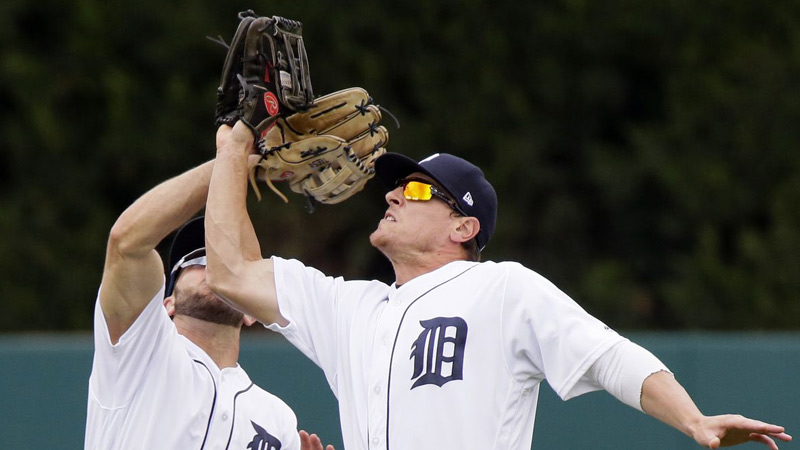
Waiver trades in Major League Baseball (MLB) refer to trades that occur after the non-waiver trade deadline, which traditionally falls on July 31st. Once this deadline has passed, teams can no longer freely trade players as they would earlier in the season. Instead, they must navigate the waiver system to make trades, adding a layer of strategy and complexity.
Here’s how waiver trades work:
Placing a Player on Waivers
- After the non-waiver trade deadline, if a team wishes to trade a player, they must first place him on revocable trade waivers.
- Every player on the 40-man roster must be placed on waivers to be traded. This is often a formality, as teams routinely place almost their entire roster on waivers in August, whether they intend to trade them or not.
Claiming a Player
- Once a player is placed on waivers, the other 29 teams have a chance to claim him.
- Priority is based on the reverse order of the standings in the player’s league. If no team in the same league claims the player, the process repeats for teams in the other league.
Post-Claim Scenarios
If a player is claimed, three scenarios can unfold:
a. Trade: The original team can negotiate a trade with the claiming team. They have a set period (48 hours) to finalize a deal.
b. Pull Back: The original team can revoke the waiver and pull the player back to their roster. If they do this, the player cannot be traded for the rest of the season.
c. Let Go: The original team can simply let the player go to the claiming team. The claiming team then takes on the entirety of the player’s remaining contract.
Clearing Waivers
- If a player is not claimed by any team, he has “cleared waivers.”
- This means the player can be traded to any team for the remainder of the season.
- It offers greater flexibility, as the original team can negotiate with all 29 other teams rather than just one.
September 1st Consideration:
- Players acquired after September 1st are not eligible for the postseason roster of their new team. Therefore, while trades can technically continue into September, teams often finalize desired trades before this date to ensure postseason eligibility.
How Long Can A Player Be on Waivers in MLB?
In Major League Baseball (MLB), when a player is placed on waivers, there is a set period during which other teams can submit a claim on that player. This duration is:
47 hours (or essentially two days)
The process operates as follows:
- Day 1: The player is placed on waivers, usually around 2 p.m. Eastern Time.
- Day 2: The full day during which teams can submit their claims.
- Day 3: By 2 p.m. Eastern Time, the waiver period ends, and the player either gets claimed by a team (with priority going to the team with the worst record in the same league) or clears waivers, meaning no team has claimed him.
However, there are different types of waivers, and while the above timeline holds for the most commonly utilized waivers (outright and optional), there’s another kind: Unconditional Release Waivers.
When a team places a player on unconditional release waivers (signifying an intent to release the player from his contract), the waiver period is longer:
7 days
During this time, any MLB team can claim the player. If he’s claimed, the claiming team is responsible for a prorated portion of the league minimum salary, while the releasing team is on the hook for the rest. If he goes unclaimed, the player becomes a free agent.
It’s essential to remember that while the waiver process has standard timelines, how teams utilize waivers and the strategic elements involved can vary significantly based on the time of year, team needs, player contracts, and other factors.
FAQs
Can a player refuse to be claimed off waivers?
No, a player cannot refuse to be claimed off waivers. When a player is placed on waivers, they are subject to the rules and processes set by Major League Baseball.
If a team claims the player, they have the right to assume the player’s existing contract and add them to their roster. The player has no say in this matter and must join the new team.
Can a team withdraw a player from waivers?
Yes, a team can withdraw a player from waivers before they are claimed by another team. There are various reasons why a team might choose to withdraw a player from waivers.
They may have initially placed the player on waivers to gauge interest but later decided to retain them. Additionally, if a team places a player on waiver and decides to trade them instead, they can withdraw the player from the waiver to facilitate the trade.
What happens if a player goes unclaimed on waivers?
If a player goes unclaimed on waivers, meaning no team chooses to claim them within the designated waiver period, the team retains the player. At this point, the team has several options.
They can choose to keep the player on their roster, assign them to the minor leagues (if the player has remaining minor league options), release the player from their contract, or explore other possibilities such as a trade or further negotiations.
Can a player be placed on waivers multiple times?
Yes, a player can be placed on waivers multiple times throughout a season. Teams often use waivers strategically to assess interest in a player or attempt to make them available for trade.
If a player goes unclaimed on waivers, they can be withdrawn and placed on waivers again at a later time. However, it’s important to note that once a player is claimed off waivers by another team, they cannot be placed on waivers again within the same season.
Are waivers used in the postseason?
No, waivers are not utilized during the postseason. Once the regular season concludes and the postseason begins, team rosters are fixed. This means that players on a team’s roster at the end of the regular season are eligible to participate in the postseason.
The waiver process is put on hold during this time to maintain roster stability and ensure that teams have their desired lineups for playoff competition.
Bottom Line
In the intricate world of baseball, the waiver system stands as a testament to the sport’s dedication to fairness and competitive balance.
Beyond the excitement of home runs and strikeouts, this procedural mechanism ensures that all teams, irrespective of their market size or past successes, have equal opportunities to acquire or release talent.
By dictating how players can be moved, especially after certain deadlines, waivers bring a layer of strategy and foresight into team management.
It’s a reminder that baseball is not just a game of physical prowess but also one of intellect and planning. As fans revel in on-field drama, waivers subtly shape the narrative, enhancing baseball’s multifaceted appeal.

